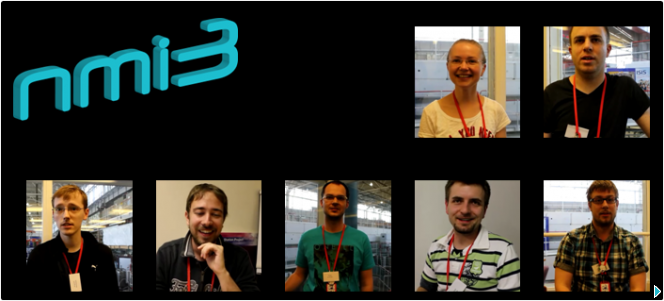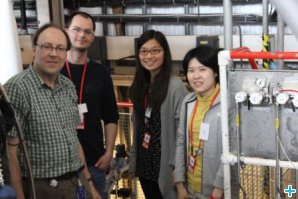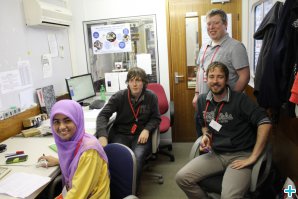The 2014 ISIS Muon Spectroscopy Training School – conversation with participants
Thanks to NMI3 more than 20 students learned about muon spectroscopy
Inês Crespo, Information Manager, 14/07/2014
In the week of 12 – 17 May, 22 students travelled to the ISIS facility in the UK to learn about muon spectroscopy at the ISIS Muon Spectroscopy Training School. 2014 was an exceptional year with the school receiving twice as many applications as in previous editions.
To learn muon spectroscopy
Peter Baker is an instrument scientist in the muon group at ISIS and since 2012 he has been organising the school. I have asked him all about the school, which has been running since the mid-nineties.
This is one of the two muon schools in the world and it is therefore essential to educate researchers on this technique.
This year the students could learn from the best. On the first day, an introduction to μSR was given by Roberto de Renzi, who received the 2014 Yamazaki Prize for muon science. On the last day Steve Blundell, who is the president of the International Society for µSR Spectroscopy (ISMS), gave a talk on the applications of the technique to study superconductors. He was familiar with the school as he actually participated as a student in the first edition. At the end of the first day there was a get-together in a local brewery so that everyone could get to know each other better and thus ease their way into the practicals.
During the week the students were taught about muon spectroscopy, learned where and how to apply this and other complimentary techniques, and performed experiments in the ISIS Muon lab. They could choose from seven different practicals to learn how to build a spectrometer, use the instruments to study a wide range of different materials, and read the data obtained. To finish the week the students were excited to present the results of their experiments in a short presentation.
Do you want to learn about µSR but could not attend the school? The lectures notes are freely available online!
Participants’ application, background, and opinions
To select the right candidates, the school organisers reviewed the students’ interest to attend, including their research area, whether they have performed experiments before, and to ensure that participants came from a wide variety of different institutions.
Participants were mainly PhD candidates, a number of Master students and Post-Doc researchers from across the world. They were all interested to learn about muon spectroscopy so that they can apply it to their own research. Get to know about their experiences at the school by watching our video!
NMI3 – assuring participation from abroad
According to Peter, without NMI3 funding it would not be possible to support as many European students. But that is not the only advantage of taking part of the project. By sharing experiences with other school organisers and facilities’ directors it is possible to harmonise certain parts of the school with other NaMES schools. The results are visible as this year’s edition was certainly a success!
Pictures
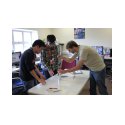

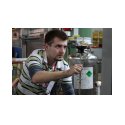
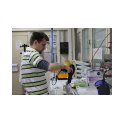
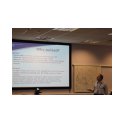

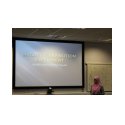
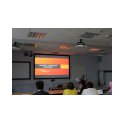
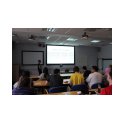
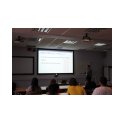
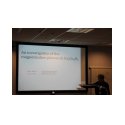
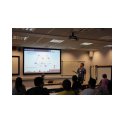
Related articles
NaMES: Neutron and Muon European Schools – New name and logo
The Neutron and Muon European Schools – the NMI3 initiative on Education – has a new name and a logo. To know all about this NMI3 initiative please click here .
Learning for free, online: Virtual Neutrons for Teaching
NMI3 supports a joint initiative by the University of Copenhagen, the Technical University of Denmark, the Technical University of Munich, and the Institut Laue-Langevin to develop an e-learning platform on neutron scattering. Read the article here .
